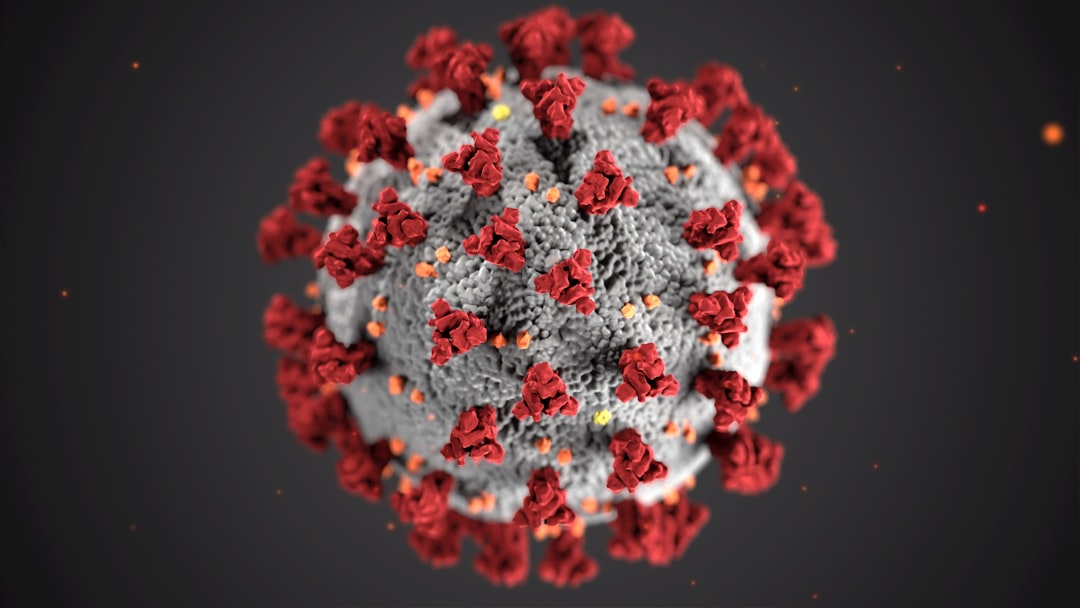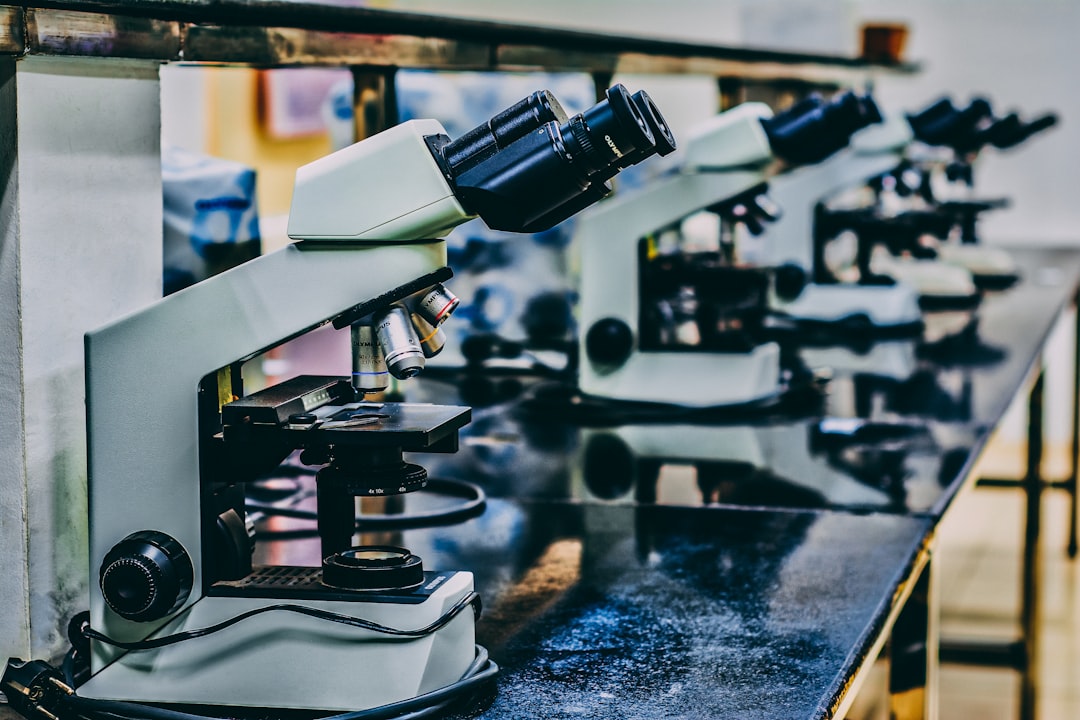What is it about?
A novel sorbent, water treatment residual nanopaticles (nWTR), was synthesized using high energy ball milling. The nWTR was characterized by transmission electron microscopy (TEM) and scanning electron microscope (SEM) with energy dispersive X-ray (EDX). Phosphate adsorption data on nWTR were best described by the following isotherm models in the order: Langmuir > Temkin > Kiselev. Phosphate adsorption by nWTR was markedly enhanced as compared to bulk WTR (mWTR) due to the larger surface area of nWTR (129 m2g-1). The calculated maximum adsorption capacity of nWTR (50.0 mgg-1) was 30 times higher than that of mWTR (1.66 mgg-1). The highest adsorption capacity of nWTR was achieved at pH 3 and dramatically decreases with pH increases from 3 to 11. Moreover, arsenates and citrates could strongly inhibit P adsorption onto nWTR samples. The kinetic experiments revealed that approximately 95% of P was removed within 100 min and Elovich model was the most suitable model to describe P chemisorption by nWTR. Fourier transmission infrared (FTIR), SEM–EDX spectra and P fractionation results indicated that the surface hydroxyl groups played a crucial role in phosphate retention onto nWTR. The present study highlights the potential of using nWTR as economic and effective sorbent for phosphate removal from natural water and municipal wastewater
Featured Image
Read the Original
This page is a summary of: Water Treatment Residual Nanoparticles: A Novel Sorbent for Enhanced Phosphorus Removal from Aqueous Medium, Current Nanoscience, June 2015, Bentham Science Publishers,
DOI: 10.2174/1573413711666150514230653.
You can read the full text:
Contributors
The following have contributed to this page










